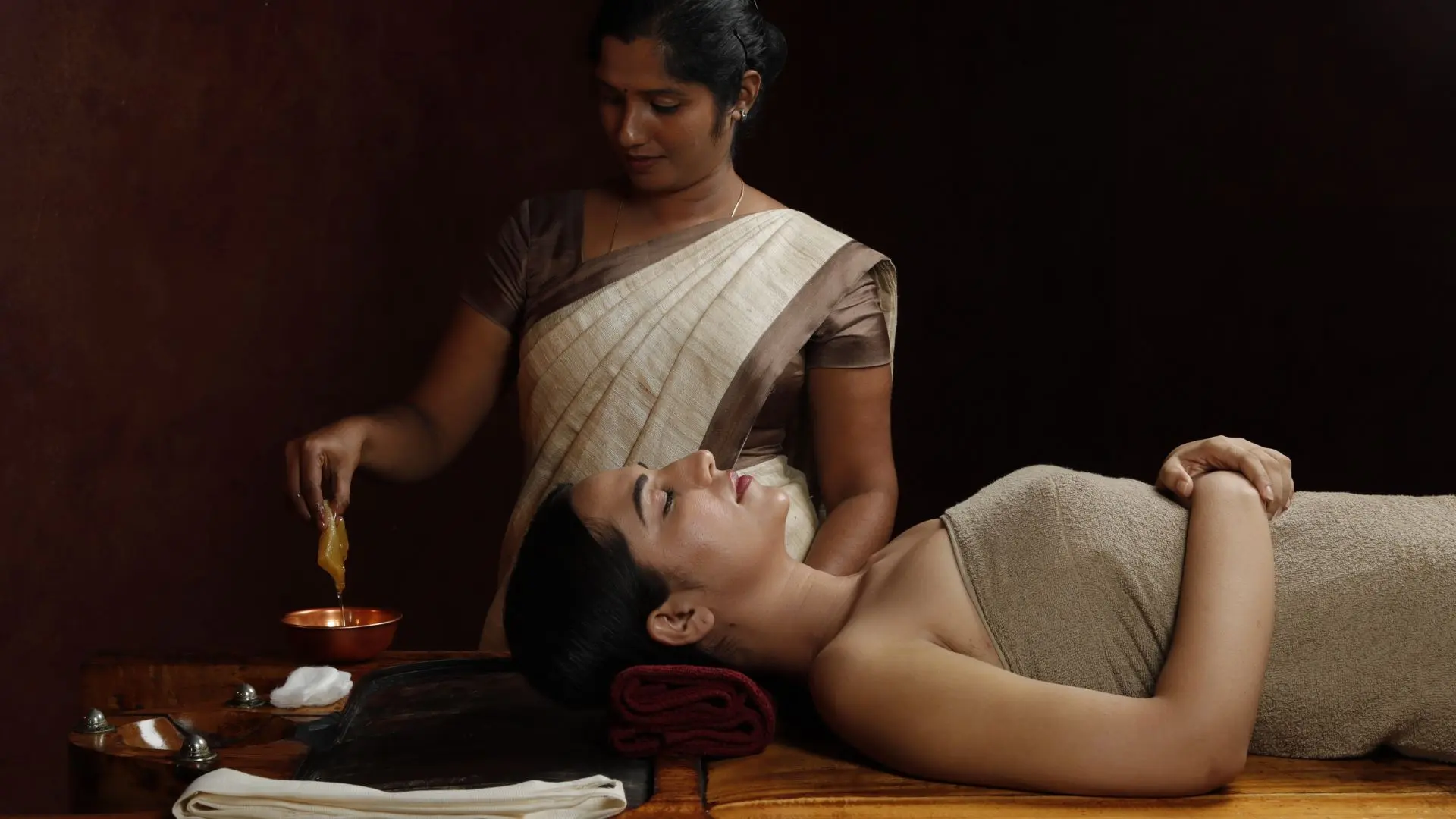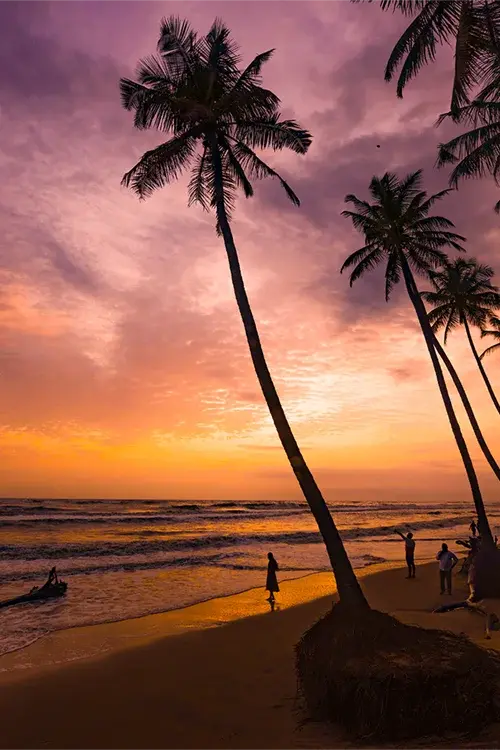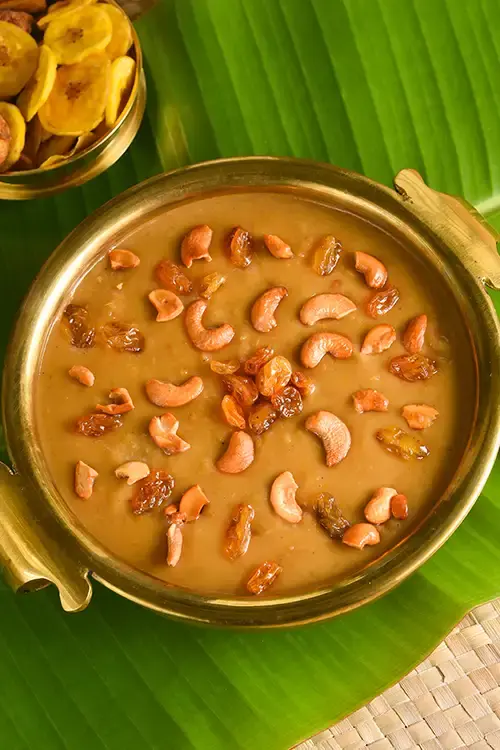FAQ
Spice plantations in Kerala
Kerala has been synonymous with spices since ancient times, earning its reputation as the "Spice Garden of India." The state’s unique geographic features, fertile soil, and favourable climatic conditions make it ideal for cultivating a wide range of spices, many of which have shaped its culture and economy.
Regions Renowned for Spices
• Kumily, Idukki District
Known for its cool climate and elevated terrain, Kumily is a spice hub with an air filled with the aroma of cardamom, pepper, cinnamon and cloves. The variety Cardamom Small (Elettaria cardamomum) is predominantly grown here, contributing significantly to Kerala’s status as the producer of 70% of India’s cardamom.
• Murikkady, Idukki District
Located 5 km from Thekkady, Murikkady is known for its vast plantations of coffee, cardamom and pepper. Guided tours of private plantations allow visitors to learn about the cultivation and processing of spices while soaking in the fragrant greenery.
• Wayanad District
Wayanad boasts of spice plantations of pepper, cardamom, cinnamon, ginger and vanilla. Visitors can join plantation tours to explore the rolling hills covered with spice crops and observe processes like the peeling of cinnamon or the hand-pollination of vanilla.
Spices and Their Uses
Kerala’s spices, including cardamom, cinnamon, cloves, ginger and turmeric, are used for flavouring and preserving food, enhancing nutrition, and serving in the cosmetic and perfumery industries. Many, such as turmeric, garlic and ginger, also have high medicinal value and cultural significance, especially in rituals and Ayurveda.
Spice Plantation Tours
Spice plantation tours in Kerala offer visitors an immersive experience, combining the joy of Nature with educational insights into spice cultivation. Some plantations even provide guesthouses for tourists, allowing them to wake up to the aromatic air and lush greenery.
Kerala’s Spice Trade History
Kerala’s spice trade has been central to its historical significance, dating back to the third millennium BCE. Early trade relations were established with ancient civilizations like Babylon and Egypt. The port of Muziris, located on the Malabar Coast, became a thriving centre for trading spices like pepper, cardamom, cinnamon and cloves.
• Arab and Chinese Traders: These merchants established early trade routes, introducing Kerala’s spices to the Middle East, China and other parts of Asia.
• European Exploration: Kerala’s spices were a key factor in European exploration. Vasco da Gama’s arrival in Calicut in 1498 marked the beginning of European involvement in the spice trade. Portugal, Spain, the Netherlands and Britain competed fiercely for control, establishing trading posts and monopolies along the Malabar Coast.
While the colonial period brought challenges, including increased global spice cultivation, Kerala retained its prominence by focusing on quality and unique varieties. Today, Kerala remains a leading producer and exporter of spices, renowned worldwide for their rich flavour and unmatched quality.






